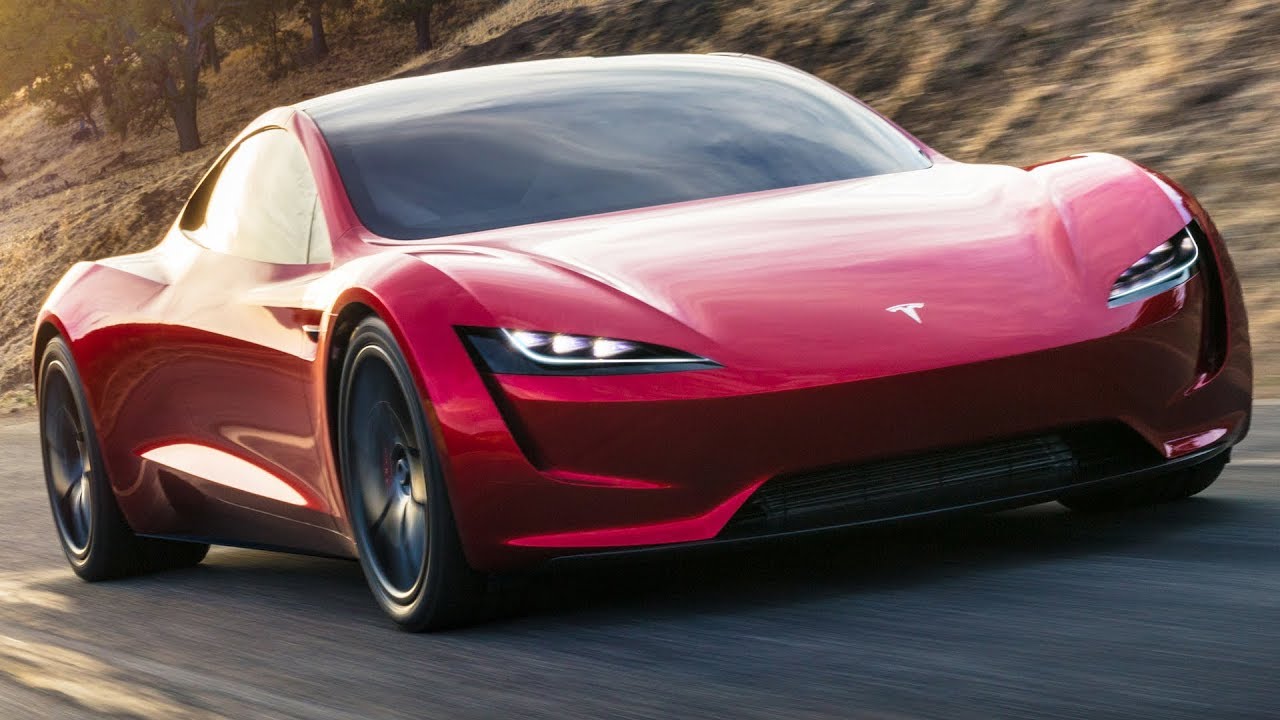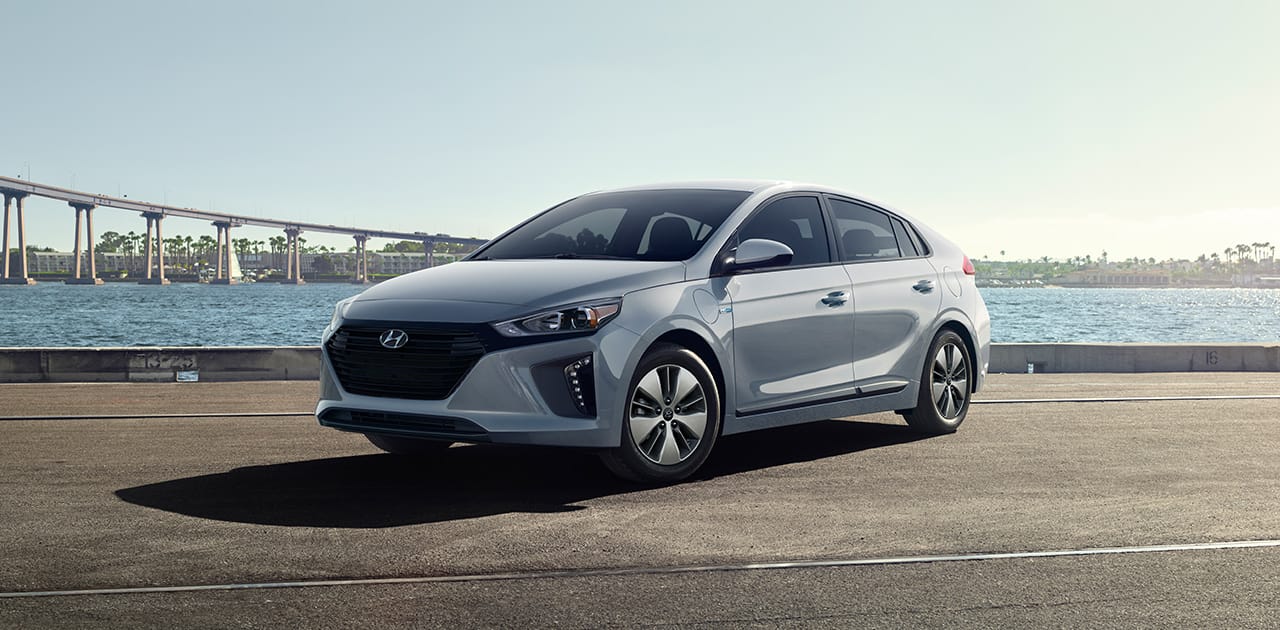Electric Cars and Gas-Powered Cars and 3 difference between them
There are some undeniable contrasts between fuel vehicles and electric cars.
Rather than a gas tank, you have a battery. Also Rather than a gas siphon, a charging station.
Rather than a motor, electric engines.
Yet, these are on the whole simply various parts that play out a similar basic capacity.
There are progressively crucial contrasts among gas and electric autos that may not be so self-evident.
How about we investigate.
Electric cars have many less moving parts
Electric vehicles might be mechanically best in class, yet their innards are in reality significantly less difficult than autos with burning motors.
A customary vehicle requires several sections to take the vitality from the gas in the tank and transform it into power that turns your wheels.
There’s simply the motor (astoundingly intricate) transmission, drive shafts, differentials. also all the different belts and liquids.
An electric vehicle has much less going on.
A battery sends power through a controller to engines that turn the wheels.
This streamlined arrangement implies that electric vehicles require less upkeep.
There’s no motor to supplant, no fan belts, air channels, flash attachments…
So while an electric vehicle itself is more costly than a tantamount gas-controlled vehicle,
they become increasingly conservative after you consider upkeep costs.
Electric vehicles still have constrained range
Range is one of the greatest constraining variables for electric vehicles.
We don’t regularly stress over range with gas-controlled ones,
since it just pauses for a minute to top your tank back off.
Be that as it may, for correlation, how about we take a gander at the top-selling vehicle of 2016:
Toyota Camry
Efficiency: 28 MPG (consolidated)
Fuel Capacity: 17 gallons
Range: 476 miles
How does that contrast and top electric cars vender Tesla’s up and coming model?
Tesla Model 3
Range: 215 miles
Indeed, even Tesla’s longest-go vehicle — the Model X P100D — maximizes at 289 miles.
What’s more, for some, this is the greatest issue with electric vehicles.
Low on gas? No perspiration — simply maneuver into the following station (they’re all over).
Low on juice? Little sweat — discover the closest charging station and make yourself agreeable.
It’ll take some time.
Which carries me to my third point.
Charging a battery takes much longer than filling a gas tank
In the US, gas siphons administer fuel at a maximum pace of 10 gallons for every moment.
So our Toyota Camry from prior, with its 17-gallon fuel tank, takes under 2 minutes to top off and have returned to its full 476-mile run.
In case we’re taking a gander at miles of range every moment spent refueling, that is 280 miles for every moment.
On the off chance that you take your Tesla to one the organization’s superchargers,
you can go from 0% to 80% in 40 minutes, 100% in 75 minutes.
So for a full charge that gives you back your 215-mile go, you’re getting 2.8 miles every moment.
Ooo, look at it — I cherish when math works out this way.
Filling a gas tank is multiple times quicker than charging a battery.
This isn’t such a large amount of an issue for your day by day drive.
On the off chance that you plug in your electric vehicle medium-term while you rest, you ought to be fine.
Be that as it may, on the off chance that you need to take a more drawn out excursion,
you’ll need to arrange for where charging stations are.
In 2013, Tesla attempted to address this issue by declaring its battery swap program.
As opposed to stick around while your battery charges, you could just drop off your spent battery and get a completely energized one.
Tesla’s battery swap program passed on
They indicated it off in an on-state exhibition, demonstrating that they could swap out the batteries of not one
but rather two Teslas in the time it took another person to fill a gas tank
(counting time fiddling around with Mastercards and gas tops).
In any case, guess what? Tesla’s battery swap program passed on.
Individuals would not like to pay for a full battery when they could simply hold up somewhat more
and get their current battery finished off for nothing.
Resource: here




